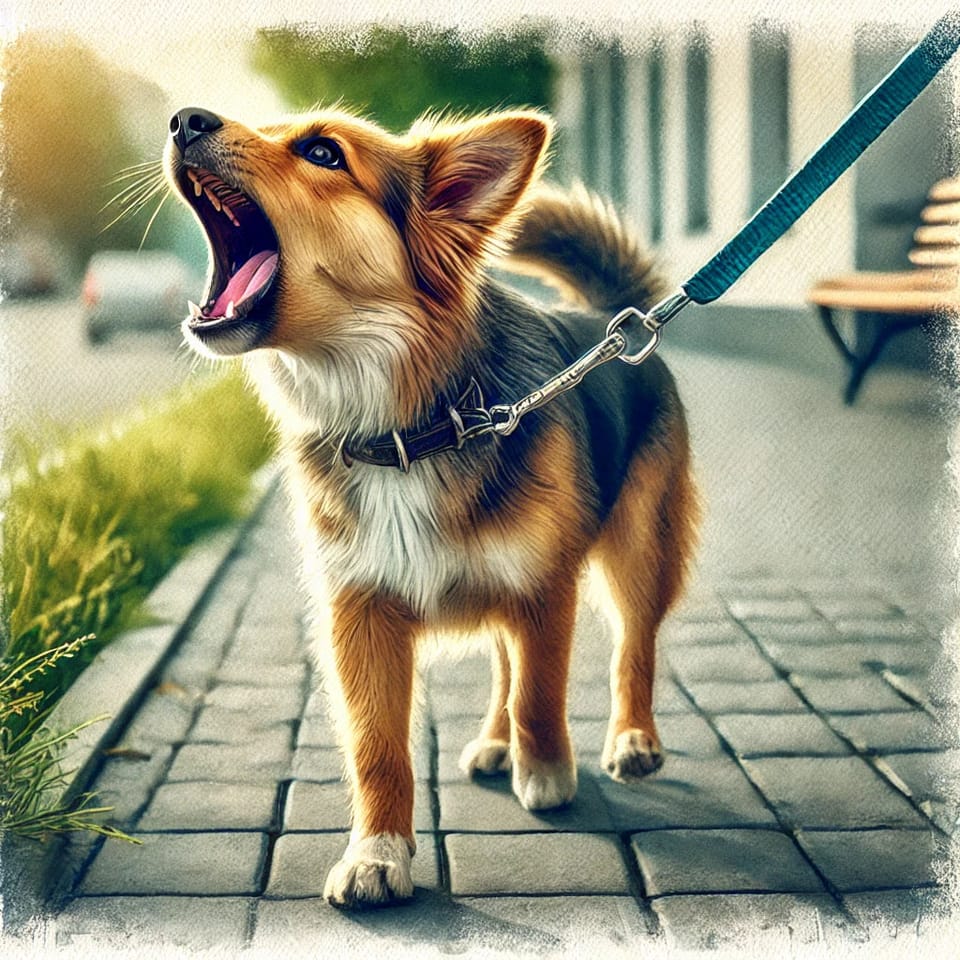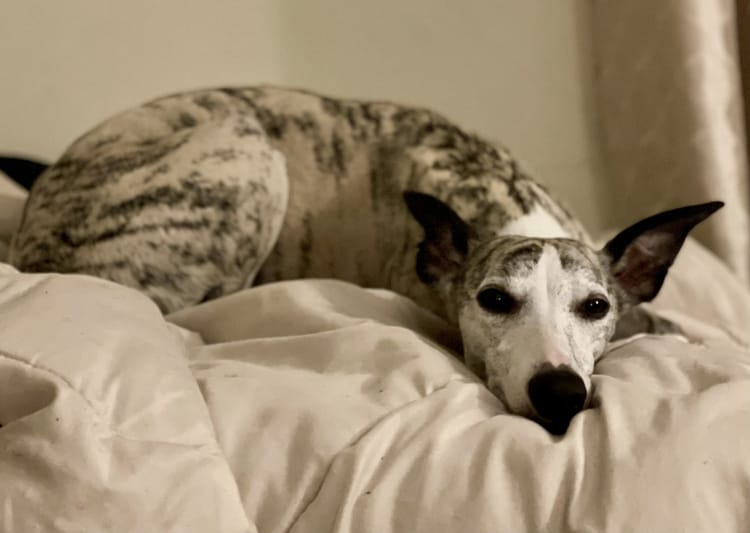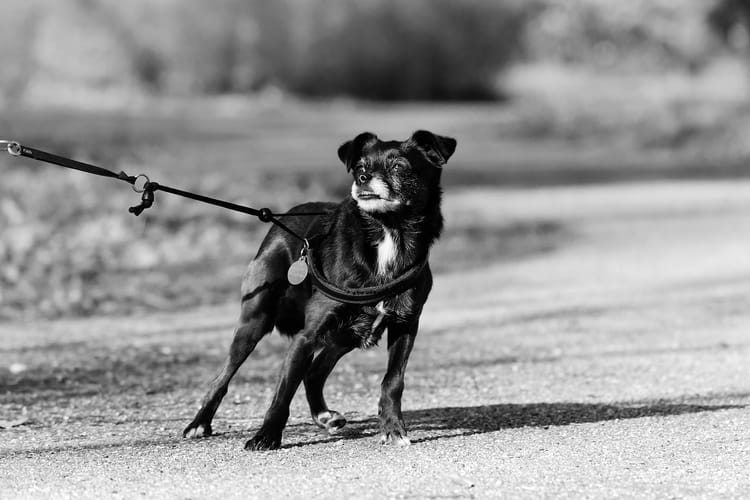Mastering reactivity: Strategies to help you confidently tackle challenging cases

When reactive training cases follow you home
Picture this: a reactive dog lunges and barks during a training session. The owner’s frustration is palpable. You’ve worked tirelessly on this case, but progress feels slow. At the end of the day, you find yourself replaying the session in your head, wondering, “What could I have done differently?”
Reactivity cases are among the most challenging for dog trainers. They test your skills, your patience, and sometimes your confidence. But what if you could approach these situations with more clarity, less stress, and a proven plan that gets results?
Why reactive dogs are the ultimate training challenge
Reactive behavior isn’t a one-size-fits-all problem. Each dog has unique triggers—other dogs, unfamiliar people, or even sounds like the neighbor's dog barking or car doors slamming. These cases often unfold in public settings where stakes feel high, and owners are emotionally invested.
On top of that, balancing short-term solutions with long-term behavior modification requires a nuanced approach and a lot of participation from our clients, who aren't always on board. It’s no wonder reactive cases leave many trainers feeling overwhelmed.
But here’s the truth: mastering reactivity is entirely possible, and it can set you apart as a trainer in a powerful way.
Rethinking reactivity: 3 keys to a new approach
Reactive cases don’t have to be overwhelming. By shifting your focus and implementing a few key strategies, you can build confidence and achieve better outcomes:
1. Zoom in on micro-behaviors
Reactivity often escalates quickly, but subtle signs of stress—like lip licking, yawning, or a tense body posture—can provide early warnings. By focusing on these micro-behaviors, you can intervene before a full-blown reaction occurs.
2. Simplify client homework
Many clients feel overwhelmed by complex training plans. Assign small, manageable tasks that focus on one behavior at a time. For example, practice calm sits at increasing distances from triggers before progressing to closer interactions.
3. Focus on emotional states, not just behaviors
Reactivity isn’t just about what a dog does—it’s about how they feel. Helping a dog feel safe and calm in the presence of triggers is foundational for lasting change. Techniques like counter-conditioning and desensitization can be game-changers.
How mastering reactivity can set you apart as a trainer
Reactive dog training is an area where true expertise shines. When you successfully guide a reactive dog and their owner through the journey from stress to calm, you’re doing more than training—you’re transforming lives.
This kind of success not only strengthens your reputation but also builds trust with your clients. Happy clients lead to referrals, glowing testimonials, and a thriving training practice.
Few things are more rewarding than seeing a once-reactive dog confidently walk beside their owner, both calm and connected.
Practical tools for tackling reactivity: Trigger Threshold Map
One of the simplest yet most effective tools for understanding and managing reactivity is a Trigger Threshold Map.
Here’s how you can create one:
- Observe the dog’s triggers
Spend time identifying what causes reactive behaviors. Is it other dogs? Fast-moving objects? Loud noises? Write these down. - Rate the trigger intensity
For each trigger, note how close or intense the stimulus needs to be before the dog reacts. For example, a dog might tolerate another dog 20 feet away but bark if the distance closes to 10 feet. - Plot the threshold
Create a simple chart with distance/intensity on one axis and the dog’s reaction level (calm, alert, reactive) on the other. This visual helps you and the owner understand the dog’s comfort zones. - Design gradual exposure plans
Use the map to plan exposure sessions that keep the dog below their threshold, pairing calm behavior with strong reinforcers to slowly reduce sensitivity to the trigger.
Want ready-to-use tools like these? My course, From Reactive to Relaxed, includes professional-grade resources designed to save you time and improve results.
Transforming reactivity into your training strength
Reactivity cases are challenging, but they’re also an opportunity to grow as a trainer. With the right mindset, tools, and strategies, you can turn these moments of frustration into powerful success stories—for you and your clients.
Get ready to elevate your expertise and make reactivity your superpower!




